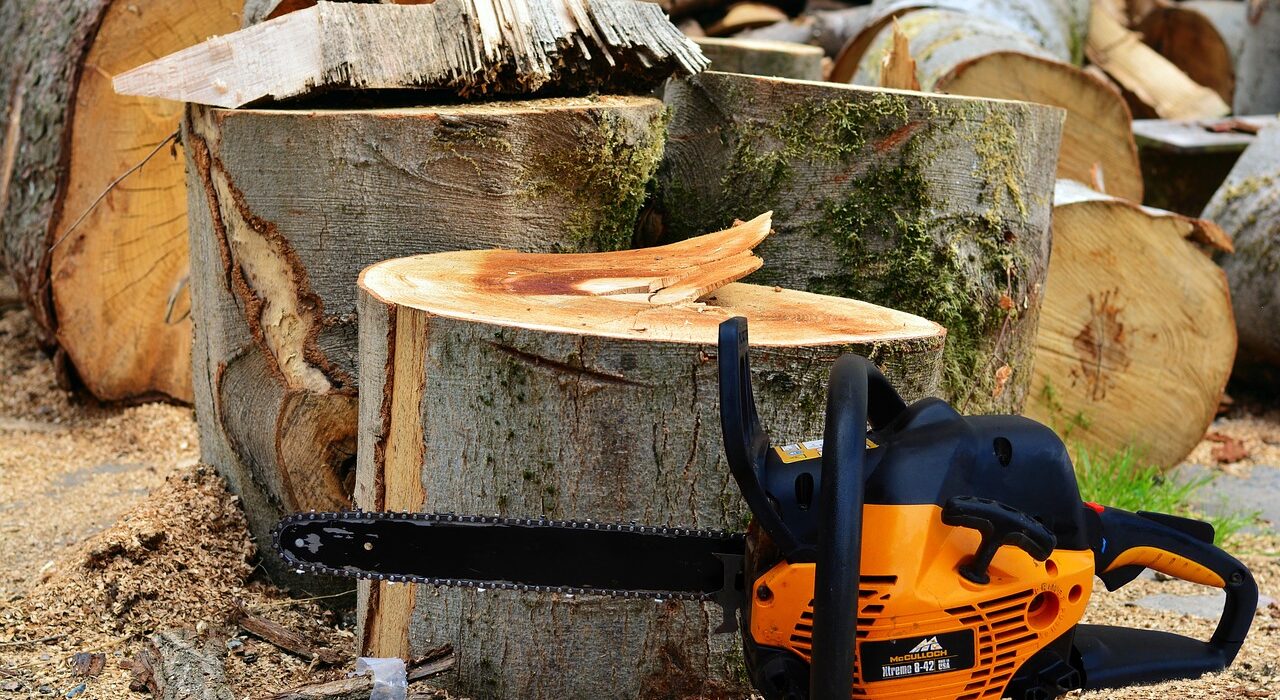Trees are not just beautiful additions to our landscapes; they are living organisms that require care and attention to stay healthy and vibrant. Recognizing the signs of tree health decline is crucial to addressing problems early and preserving these valuable assets. In this article, we will explore common signs that indicate your trees may be experiencing health issues and what you can do to help them thrive.
- Wilting or Discolored Leaves
One of the most apparent signs of tree health decline is the appearance of wilting, yellowing, or discolored leaves. Healthy trees typically have lush, green foliage. If you notice leaves that are drooping, changing color, or falling prematurely, it may indicate underlying issues such as nutrient deficiencies or disease.
- Thinning Canopy
A thinning canopy is often a clear indicator of tree distress. When a tree is healthy, it should have a full and dense canopy. If you can see more sky through your tree’s branches than usual, it’s a sign that something may be affecting its overall health and vigor.
- Dead or Dying Branches
Dead or dying branches within the tree canopy are a cause for concern. These branches may be brittle, lack leaves, or show signs of decay. Removing these branches promptly through pruning is essential to prevent further damage and promote tree health.
- Bark Abnormalities
Examine the bark of your tree for any abnormalities. Cracking, peeling, or fungal growth on the trunk can indicate disease or pest infestations. Healthy trees typically have smooth, intact bark.
- Root Problems
Root issues can also lead to tree health decline. Girdling roots, root rot, or damage from construction can impact the tree’s ability to absorb water and nutrients. Signs of root problems include reduced growth, leaning, and instability.
- Pest Infestations
Keep an eye out for signs of pest infestations such as chewed leaves, holes in the trunk, or the presence of pests like aphids, caterpillars, or borers. Early detection and appropriate treatment can save your tree from extensive damage.
- Falling Limbs or Branches
If limbs or branches are falling from your tree, it’s a clear indication of structural issues or weakened wood. Falling branches can pose a significant safety hazard, and immediate attention is necessary.
- Stunted Growth
Stunted growth, especially in young trees, is a sign that something is amiss. This could be due to poor soil quality, nutrient deficiencies, or root damage.
Trees are valuable assets that provide numerous benefits to our environment and landscapes. Recognizing the signs of tree health decline and taking appropriate action is essential to protect their longevity and vitality. Regular inspection and care, including proper pruning, fertilization, and pest control, can help address issues promptly and ensure your trees remain healthy, strong, and a source of beauty and shade for years to come. If you suspect that your tree is experiencing health problems, consider consulting with a professional arborist for a thorough assessment and expert guidance.

